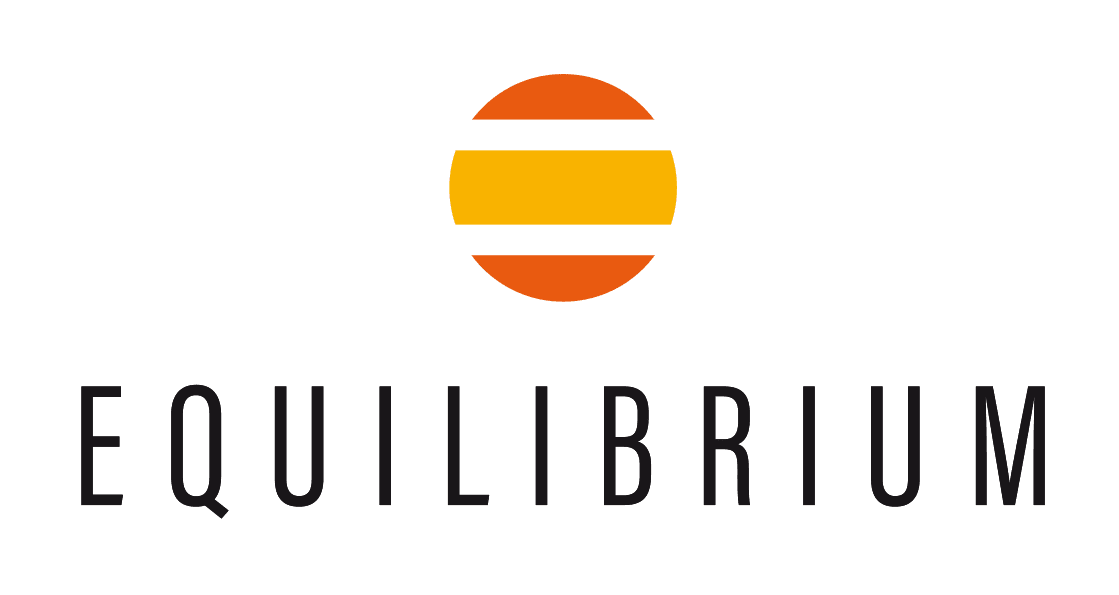1 year product guarantee
Free delivery on most orders over £40
Rated 4.9/5 stars on Feefo

Researched & tested products

Innovating for over 20 years!
Supporting Redwings Horse Sanctuary & Brooke
Feefo Gold Trusted Service Award Winner
Get more time to pay with Klarna
Understanding gastric ulcers in horses
Introduction to gastric ulcers
Gastric ulcers, also called equine gastric ulcer syndrome (EGUS), are thought to be present in a large proportion of horses, with an estimated 80-90% of racehorses, 60% of competition horses and 40-50% of leisure horses suffering from this condition.
What are gastric ulcers?
Gastric ulcers are lesions (i.e. abnormal areas of tissue) formed when the stomach lining is eroded by an over exposure to acid. A horse’s stomach is divided into 2 main sections: the lower part (glandular region) contains glands that secrete acid and its lining is less vulnerable to acid attack than the upper part (squamous region). Ulcers are graded in severity from 1-4 with 1 being least severe and 4 the most.
What causes gastric ulcers?
Unlike humans, horses secrete acid into their stomachs constantly and not just when they eat. Grass and high fibre foods help form a protective ‘matting’ or layer over the glandular portion of the stomach, stopping the acid from contacting the squamous region. So, if fibre is restricted then the stomach environment becomes very acidic and therefore perfect for ulcers to form. Factors that increase the risk of horses suffering ulceration include:
- high concentrate feeds with high cereal (starch) content or large feeds;
- long periods without food;
- lack of grazing or insufficient forage intake;
- stress perhaps due to an increase in competition work or more strenuous exercise regimes, travelling especially for longer periods if this involves reduced forage intake and unfamiliar surroundings;
- mechanical causes such as galloping, which causes acid to be pushed into the upper, more vulnerable, part of the stomach.
Horses are designed to trickle feed with free access to light grazing, but modern horses will spend some time stabled and without forage, so it is important that we ensure we manage their routine to reduce the risk of ulceration.
What are the clinical signs of gastric ulcers?
There are no specific symptoms associated with gastric ulcers, and clinical signs vary from horse to horse.
Typical symptoms include:
- Reduced appetite, eating more slowly or your horse going off his feed;
- Deterioration of physical condition or dullness of coat;
- Change in behaviour, such as being more irritable or difficult to ride;
- Grinding teeth or showing signs of back pain;
- Grunting or reacting to being girthed up;
- Crib-biting or windsucking;
- General poor performance.
- If ulceration is severe, your horse may suffer from colic
The only definitive way to diagnose ulcers is by your vet using an endoscope to visualise the inside of the stomach. This is a long tube with a camera on the end which is passed through the nose into the stomach while the horse is sedated. In order to completely assess the stomach, the horse needs to be starved for about 18 hours before the examination and have his water removed 4 hours beforehand so that the stomach is empty and as much of the lining as possible can be seen. However, ulcers in the hindgut cannot be diagnosed this way as they are too far along the digestive tract for the camera to reach, so often the vet will review clinical signs to establish whether this type of ulcer is suspected.
How can I prevent gastric ulcers?
You can reduce the risk of gastric ulcers by ensuring your horse produces plenty of saliva which acts as a buffer to protect the stomach lining from acid. To do this, make sure your horse has access to good quality ad-lib forage (hay or grass). Hay is preferable to haylage because hay is less acidic. Feeding hay before you give him a hard feed will help to form a mat of fibre on top of the stomach contents which reduces acid contact with the stomach lining. Feed at least 1 hour before exercise to avoid disrupting this fibre mat and give your horse hay or chaff before being ridden. Alfalfa contains high levels of calcium and protein which have been shown to reduce the severity of ulcers; protein is an acid buffer while starch increases acidity. And remember the old adage, feed little and often, to leave more room for forage. Avoid feeding feedstuff containing high levels of starch. There are feedstuffs available that contain molecules called beta-glucans which form a protective gel-like coating on the stomach lining. Consider your horse’s daily routine: reduce the amount of stress that your horse is exposed to as appropriate for your horse, keep to a routine and maximise turnout.
How are gastric ulcers treated and managed?
The most effective treatment is a medicine containing the active ingredient, omeprazole. This medicine reduces the amount of acid pumped into the stomach to help heal the ulcerated areas. Generally, healing time is between 2‑4 weeks, but this depends on the horse and severity of the ulcers. Longer term, it is important to ensure any issues relating to your horse’s stable management, training and environment are addressed to reduce recurrence of ulceration. Glandular ulcers, which form in the lower part of the stomach, can be more difficult to treat and take longer to heal. Your vet will usually recommend a repeat gastroscopy after 4-6 weeks to check progress.
What is the prognosis for gastric ulcers?
It is very important to work with your vet to ensure the right treatment is given and suitable changes are made to your horse’s routine to prevent further ulceration. Preventative doses of medication may be administered, for example before competition or travel, if these are known stress triggers for your horse.
Thank you to vets, Rick Farr and Nikki Pursey, of Farr & Pursey Equine Veterinary Services, for their input to this article.
